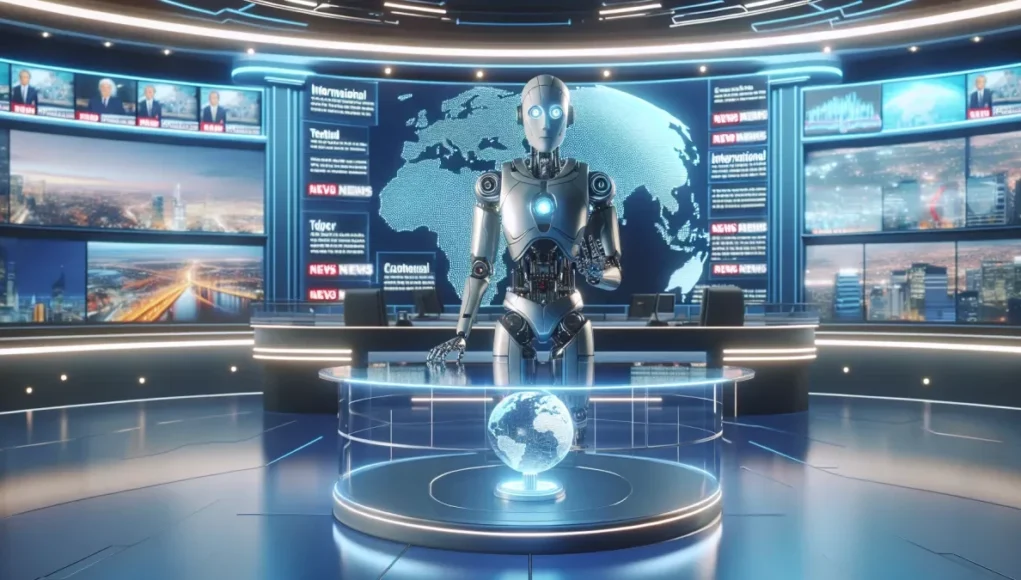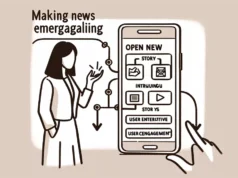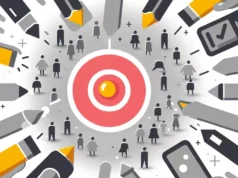Far off in the stellar stargaze of the not-so-distant future, robotic newscasters, colloquially known as AI anchors, may be the normality of news broadcasting. Built with the dual purpose of revolutionizing the news industry and increasing the dissemination of information, the world is eagerly witnessing the evolution of these futuristic anchors, nudging us closer to the precipice of a dramatically transformative era of our news-consuming culture.
These AI or artificial intelligence anchors have been making their indelible stamp over the past couple of years, promising to continuously reshape and redefine the foundations of news broadcasting, while presenting inevitable questions over authenticity, job security, and the essence of human touch in news.
In 2018, the world was introduced to the first AI anchor, courtesy of China’s state-run news agency, Xinhua. The agency unleashed the AI clone of a real-life presenter, Qiu Hao, who is now available to present news reports 24/7 from any place across the world. Fast forward to 2021; the South Korean cable channel MBN introduced the world to AI Kim, an AI newsreader designed on the model of real-life Korean presenter Kim Ju-ha. Today, these AI anchors are increasingly being used for presenting news, reading reports, and keeping the world connected with unparalleled precision and relentless dedication.
The technology behind the creation of these AI anchors is fascinating. Xinhua’s Qiu Hao, for instance, was developed using the latest artificial intelligence technologies, including machine learning, natural language processing, and facial recognition. Meanwhile, AI Kim was trained on 10 hours of video, featuring various poses, voices, and facial expressions of the human Kim Ju-ha. These AI anchors are capable of learning from their human counterparts, constantly perfecting their performances and reducing the number of unnatural expressions or pauses.
AI anchors offer a bouquet of benefits that can potentially redefine the news industry. The primary advantage is the ability to deliver news round-the-clock without concerns of fatigue, sick leaves, or fly-by-night errors. They can be quicker to deliver breaking news, reducing the time taken for news production and dissemination. Additionally, AI anchors are impervious to emotional stress, thus presenting news without biased tones, particularly appealing in the realms of objectivity and the pursuit of truth.
However, the rise of AI anchors causes ripples of concern. Job losses in the news industry, as newsrooms replace human reporters with AI technology, pose a significant challenge. Critics also question the ability of AI to comprehend complex, sensitive issues or convey news with the requisite empathy, a human element of journalism that robots cannot replicate. There’s a silent worry that nuances in stories, the beating heart of reportage, could be overlooked by AI.
Government abuse of AI anchors is another aspect to be wary of. There is a potential for misuse to spread propaganda, censor news, or covertly manipulate information. With fake news and misinformation already rampant, AI anchors pose an added risk of deepfakes, creating malicious, doctored videos that are hard to detect.
It seems the question isn’t really if AI anchors will replace human newsreaders, but when and to what extent. The future of news is undeniably digital, but the human element has its unique significance that cannot be entirely replaced or ignored. Instead of completely replacing human reporters and news crews, AI could enhance their work by taking up mundane tasks, freeing the human workforce to pursue more analytical, investigative, and meaningful journalism.
The emergence of AI anchors is nothing short of extraordinary, a testament to human technological prowess. However, tackling the challenges posed by the technology will require more than just artificial intelligence. It calls for the very human qualities of empathy, ethical discernment, and a healthy respect for the balance between progress and potential pitfalls.
As AI anchors continue their digital march onto our screens, it’s crucial for societies, governments, and technologists to proactively discuss and regulate the technology. A guided use can ensure technology serves humanity best, bringing benefits of efficiency, objectivity, and ubiquity, without looming large as a dystopian specter over the sanctum of human journalism.
Source:
1. Xinhua News Agency. “China’s Xinhua agency unveils AI news presenter”. BBC News, 9 November 2018.
2. MBN News. “MBN News AI Presenter Introduction”. YouTube, 3 January 2021.
3. The Washington post. “AI anchors: the future of news or a threat to journalism?” 30 June 2021.






